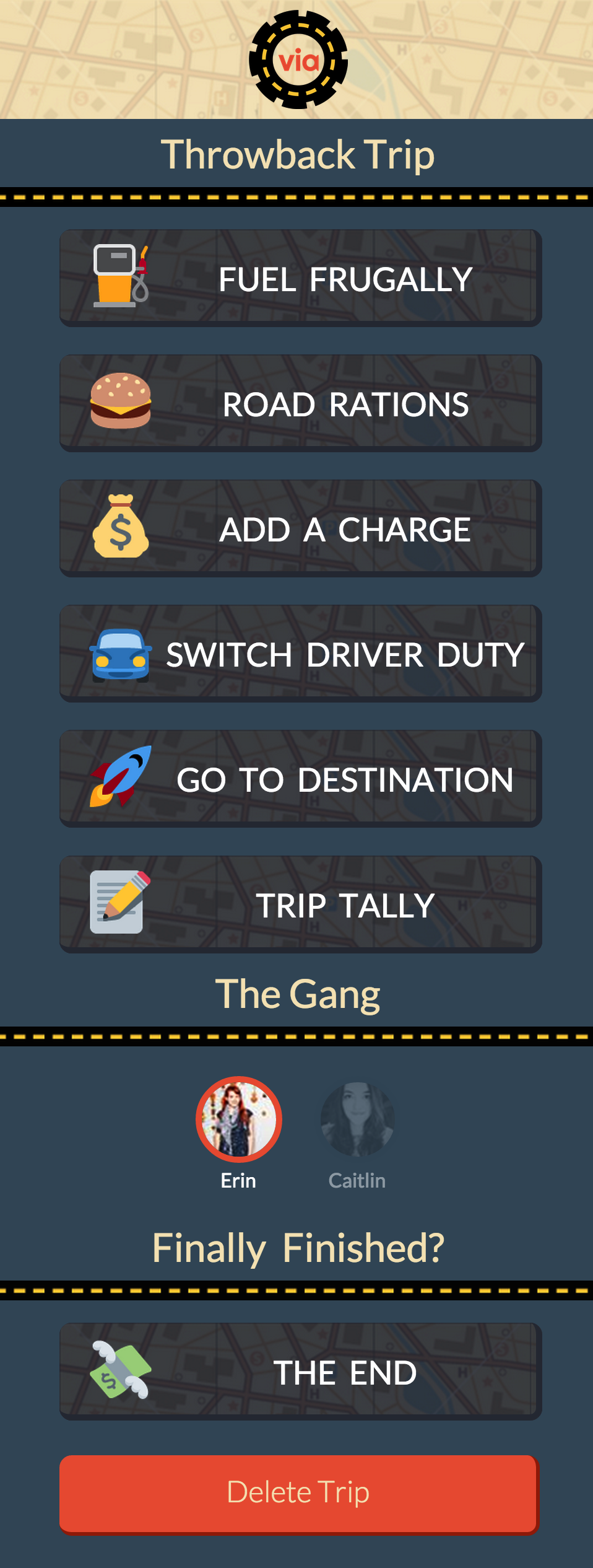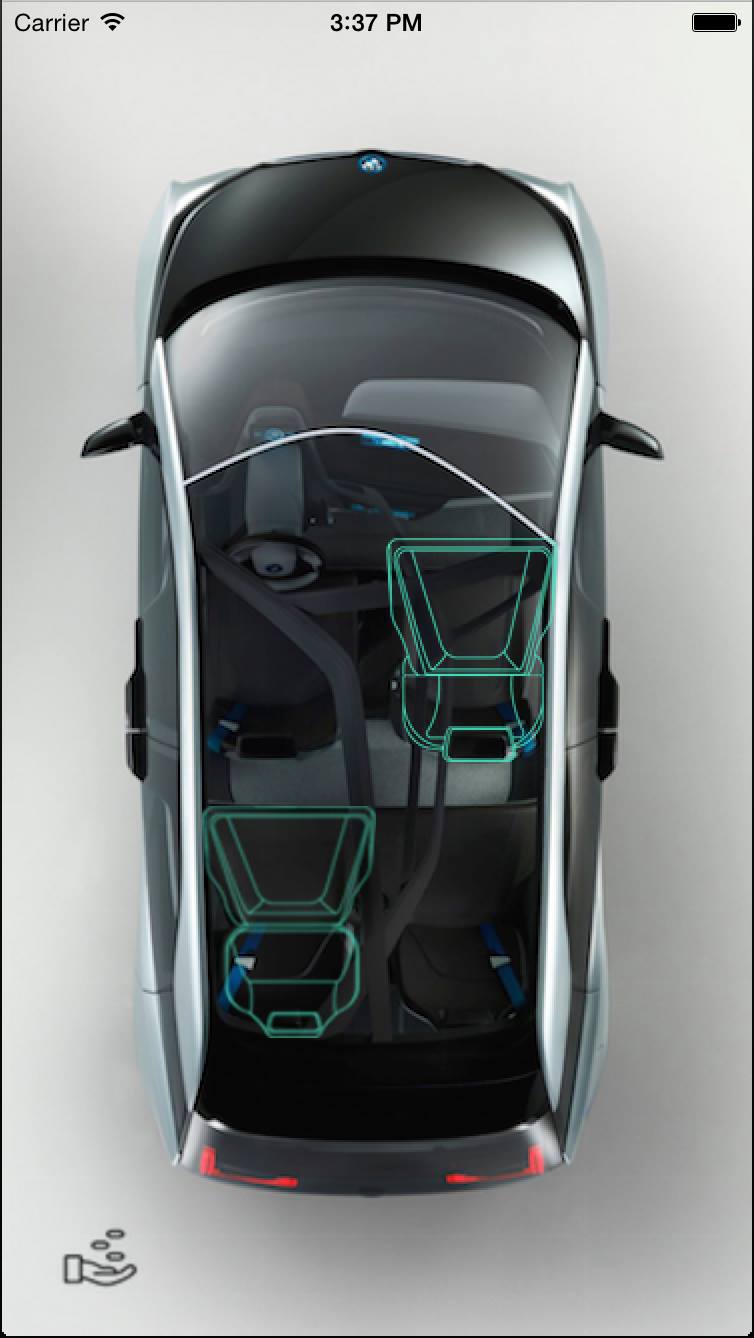Hi friends!
Venmo loves going to hackathons and seeing awesome projects that developers come up with. I recently talked to a few people who made some great ones, and I'm going to tell you about them!
Via
 Michigan State students Caitlin McDonald and Erin Hoffman built this project and won the Venmo prize at MHacks V!
Michigan State students Caitlin McDonald and Erin Hoffman built this project and won the Venmo prize at MHacks V!
Students and families alike love to take road trips across the country. Road trips are a fun way to experience small town America while getting us to our final destinations with minimal expenses. Despite their advantages, however, road trips can involve tedious financial concerns, ranging from finding the cheapest gas along the route to ordering at a drive-thru window with a car full of people. With Via, these issues evaporate to provide a fun, carefree roadtripping experience.
Via provides some helpful roadtripping features while also tracking all of your expenses along the way, allowing for easy reimbursements between roadtrippers.
The team built Via as a mobile web app, using Ruby on Rails and PostgreSQL for the database. The main API used was Venmo (for user login, friend lists, and payments), but they also used the Google Maps API, Google Places API, and the MyGasFeed API. The icons are Twitter emoji, but the rest of the graphics they made themselves.
Take a look at Via on ChallengePost!
Paybble
Purdue students Vipul Nataraj, Drew Ruberson, Josh Foeh, and Zachary Simpson worked on this fun project for the Pebble watch.
Paybble is an application developed for Boilermake Fall 2014 that allows you to pay people on your contact list directly through your Pebble watch. In order to use the service, the user has to have the companion iPhone application installed and allow application access to their Venmo account. Once these prerequisites are complete, the user can then use the Pebble watch to cycle through their contact list and select a contact to pay as well as an amount. After confirmation, the application carries out the transaction and even sends both the payer and the payee notifications via text message. This application is targeted towards people that want to utilize Venmo but are always too lazy to pull out their phones to do it.
Gotta love those lazy piles. <3
If you want to see more about the project, check it out on ChallengePost
The team also wanted to share their favorite joke with you.
Q: Why do Aliens always choose functional programming languages as their main development languages?
A: Because they’re both stateless.
SiriKit
University of Michigan students Janum Trivedi and Noah Shutty built this project for iPhone, and they won the Venmo prize at PennAppsX!
We love Siri--Apple's sassy voice assistant has delighted us since day one. But why can't Siri make one-time and recurring payments to your friends? Find your backpack for you? Activate your Jambox? Control your automated home? Interface with all your IoT devices?
Though Apple has not released a public API for its voice interface, the team found a workaround that allows third-party apps to grab data from Siri and take actions in response. Importantly, this proceeds without any traffic proxying, data limitations (eg, wifi only), or browser trickery.
Siri, plain and simple. And now limitless.
Check out SiriKit on ChallengePost!
They also shared a funny with us, a quote from Mitch Hedburg: "My fake plants died because I did not pretend to water them."
RideShare
 At the recent HackTheDrive hackathon run by BMW in San Francisco, Gregor Engelmann and his team of 3 built an iOS application that explored a way of identifying energy/fuel costs per passenger based on local fuel/energy rates at the destination.
At the recent HackTheDrive hackathon run by BMW in San Francisco, Gregor Engelmann and his team of 3 built an iOS application that explored a way of identifying energy/fuel costs per passenger based on local fuel/energy rates at the destination.
The application utilized data like GPS location and power consumption, as well as sensor readings like car door status and passenger location within the car from the BMW i3 to identify how many people are sharing the fuel costs for a certain distance driven, and how much it would cost to refuel the car based on local service point rates at the driving destination. The Venmo and PayPal APIs were used to process in-app money requests from passengers.
Want to see more? Check out this list!
Want to make your own? Go for it!
